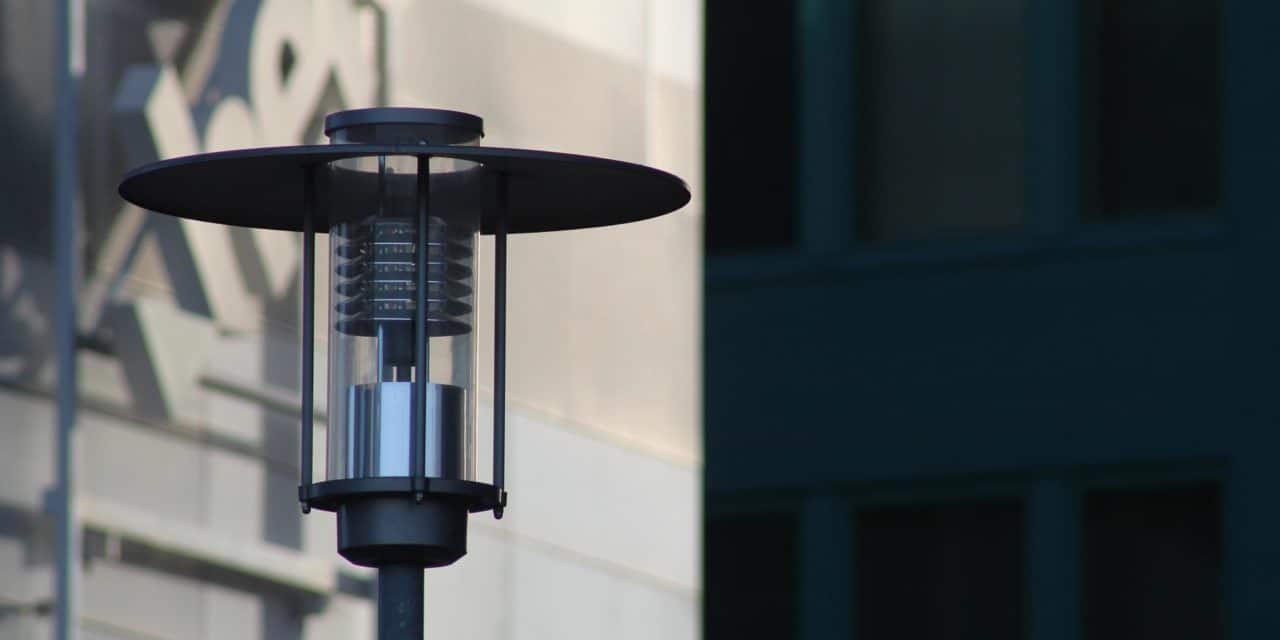[ad_1]
Suspended ceiling lights and other fittings are slightly different from those in ‘regular' ceilings and so it is important to be able to recognize whether you in fact have a suspended ceiling in your own home or office or a regular one. These can also be referred to as dropped ceilings, drop ceilings or false ceilings. There are many different types of dropped ceilings and many different reasons for installing them. For example one type of suspended ceiling is the ‘plenum' space and can be used for HVAC air return – allowing for heating and cooling facilities using a duct system. Another common usage of these ceilings is to conceal things like pipes, cabling and ducts that might cover the ‘real ceiling' above. The original use for these was to cover the underside of the floor for aesthetic reasons and in order to provide ‘acoustic' balance as the softer tiles and space underneath would achieve better sound attenuation and absorption. This invention was designed by Donald A. Brown in 1958.
A dropped ceiling will normally be made up of a grid of metal channels in the shape of a T and these then snap together to form a pattern on the ceiling. Each square created is then referred to as a ‘cell' and these are covered with light tiles which drop into the grid and are held in place simply by gravity (their surface area being slightly larger than the gap in the grid). This results in the appearance of the ceiling as being made up of squares (normally around two by two or four by two square feet). When you knock the tiles in the ceiling from underneath they will lift and then drop again. This is one way to know that you have a suspended ceiling, though they can sometimes be designed differently.
When purchasing things for dropped ceilings of this kind such as suspended ceiling lights, it is possible to find lights that will simply drop into the cells in the place of the tiles. Many suspended ceiling lights are incandescent lights at bulbs would be too bright and get too hot. Similarly it is possible to get speakers, fire sprinklers and other fittings for your ceilings. It is important to ensure these have the correct dimensions.
There are many advantages to this other than the ease of installation and adjustment for both the tiles, the other fittings and the suspended ceiling lights. At the same time they are great for fire safety as the tiles are made from mineral fibers or fireproof wood. This also allows for very easy access to wiring and piping particularly when compared to the difficulty that would be poised by covering it in plaster or concrete.
If you have a suspended ceiling in your home or office then, you will benefit from many advantages. You should also look into getting suspended ceiling lights and other fittings to fit your specifications.
[ad_2]
Source by Brandie Thomas


